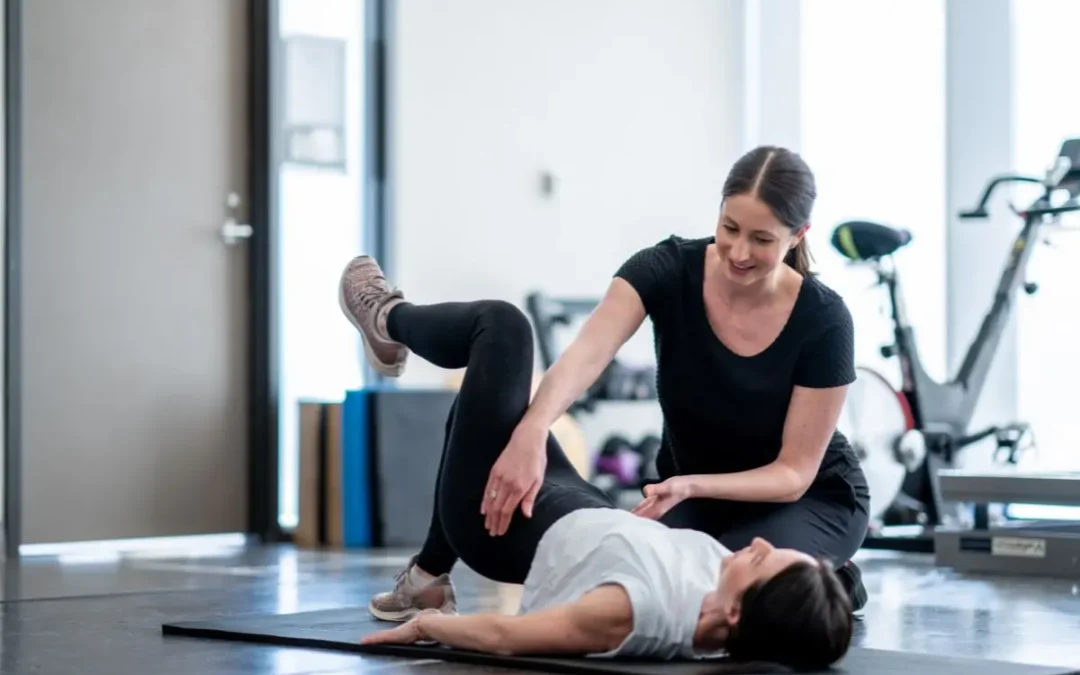The Transformative Power of Corrective Exercise for
Back Pain Relief

Back pain is one of the most common ailments affecting Kiwis, with many seeking relief from nagging, aching lower back pain. Corrective exercise, a specialised form of physical training aimed at addressing muscle imbalances and poor posture, has emerged as a powerful tool in overcoming these challenges. By targeting the root causes of back pain rather than merely treating symptoms, corrective exercise can offer long-term relief and improved quality of life.
Targeting Lower Back Pain with Corrective Exercise
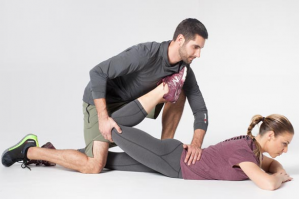
Lower back pain, whether acute or chronic, is a prevalent condition that often stems from poor posture, muscle imbalances, and, or sedentary lifestyles. Prolonged sitting can weaken the core and hip muscles, leading to compensatory strain on the lower back.
Corrective exercises aim to restore proper alignment and strengthen the key muscle groups responsible for spinal stability. Core engagement exercises like planks and side planks are highly effective, as they build the deep abdominal muscles that support the lumbar spine.
Additionally, hip mobility drills, such as lunges with a twist or hip bridges, help to correct imbalances that may contribute to pain in the lower back.
A study published in Spine found that individuals who engaged in a 12-week corrective exercise program experienced a significant reduction in lower back pain and an increase in functional capacity. This highlights the importance of a structured, personalised approach to exercise for effective pain management.
Managing Pain in the Lower Back with Postural
Alignment
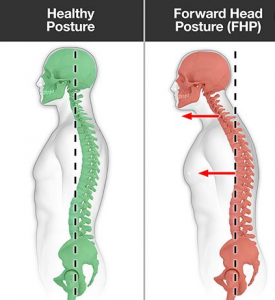 One of the main culprits behind persistent pain in the lower back is poor postural alignment. When the spine is misaligned, it places undue pressure on surrounding muscles, ligaments, and discs.
One of the main culprits behind persistent pain in the lower back is poor postural alignment. When the spine is misaligned, it places undue pressure on surrounding muscles, ligaments, and discs.
Common postural issues include anterior pelvic tilt, which causes the lower back to arch excessively, and rounded shoulders, which shift the body’s center of gravity.
Corrective exercise programs designed to address postural misalignments typically incorporate stretches and strengthening techniques to balance opposing muscle groups. For example, stretching tight hip flexors and lower back muscles while strengthening weak glutes and hamstrings can help correct an anterior pelvic tilt.
Furthermore, exercises such as wall angels and thoracic extensions work to improve upper body posture, reducing strain on the lumbar region.
Practicing mindfulness of daily movements and incorporating ergonomic adjustments in the workplace can also complement the effects of corrective exercise, making it easier to maintain proper posture throughout the day.
Addressing Scoliosis Through Corrective Exercise
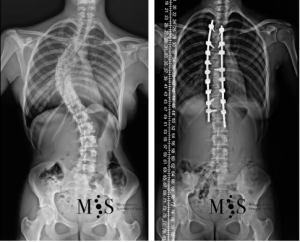 Scoliosis, a condition characterised by an abnormal curvature of the spine, presents unique challenges for managing back pain. While severe cases may require medical intervention, mild to moderate scoliosis can often benefit from a tailored corrective exercise regimen.
Scoliosis, a condition characterised by an abnormal curvature of the spine, presents unique challenges for managing back pain. While severe cases may require medical intervention, mild to moderate scoliosis can often benefit from a tailored corrective exercise regimen.
The primary goal of corrective exercise for scoliosis is to improve muscular balance and enhance spinal alignment. Exercises such as side planks can help strengthen the muscles on the convex side of the curve, while stretches like the “child’s pose” promote flexibility and relaxation in overly tight areas.
A review in the European Spine Journal highlighted the efficacy of the Schroth Method, a physical therapy approach that incorporates specific exercises to address scoliosis. By emphasising posture awareness and targeted muscle engagement, patients with scoliosis can experience improved pain levels and functional outcomes.
Consistency is key when addressing scoliosis with corrective exercise. Working with a qualified practitioner ensures that exercises are performed safely and effectively, minimizing the risk of exacerbating the condition.
Why Corrective Exercise is a Holistic Solution

Unlike medications or invasive treatments that may only mask symptoms, corrective exercise addresses the underlying biomechanical issues that cause back pain. By improving strength, flexibility, and posture, this approach not only alleviates pain but also reduces the likelihood of recurrence.
Additionally, corrective exercise can enhance overall physical and mental well-being. Regular movement releases endorphins, the body’s natural painkillers, and promotes a sense of accomplishment.
Over time, individuals who engage in corrective exercise often report increased confidence in their ability to manage their condition independently.
Getting Started with Corrective Exercise
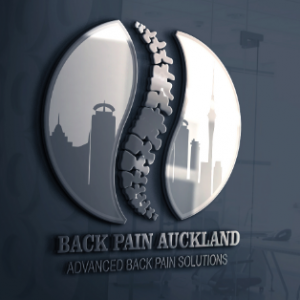 If you’re dealing with lower back pain or scoliosis, it’s important to approach corrective exercise with guidance from a qualified professional, such as a physical therapist or a certified corrective exercise specialist. They can assess your unique needs and design a program tailored to your goals and limitations.
If you’re dealing with lower back pain or scoliosis, it’s important to approach corrective exercise with guidance from a qualified professional, such as a physical therapist or a certified corrective exercise specialist. They can assess your unique needs and design a program tailored to your goals and limitations.
Start with small, consistent steps. Gentle stretching, light strengthening exercises, and mindful movement practices can lay a solid foundation.
As you progress, your practitioner may introduce more challenging movements to further enhance your stability and resilience.
Final Thoughts
Corrective exercise offers a proactive and empowering solution to back pain. By addressing the root causes and promoting long-term improvements in posture and movement, this approach enables individuals to reclaim their lives and move with confidence. With expert guidance and consistent effort, you can take control of your back health and enjoy a pain-free future.

